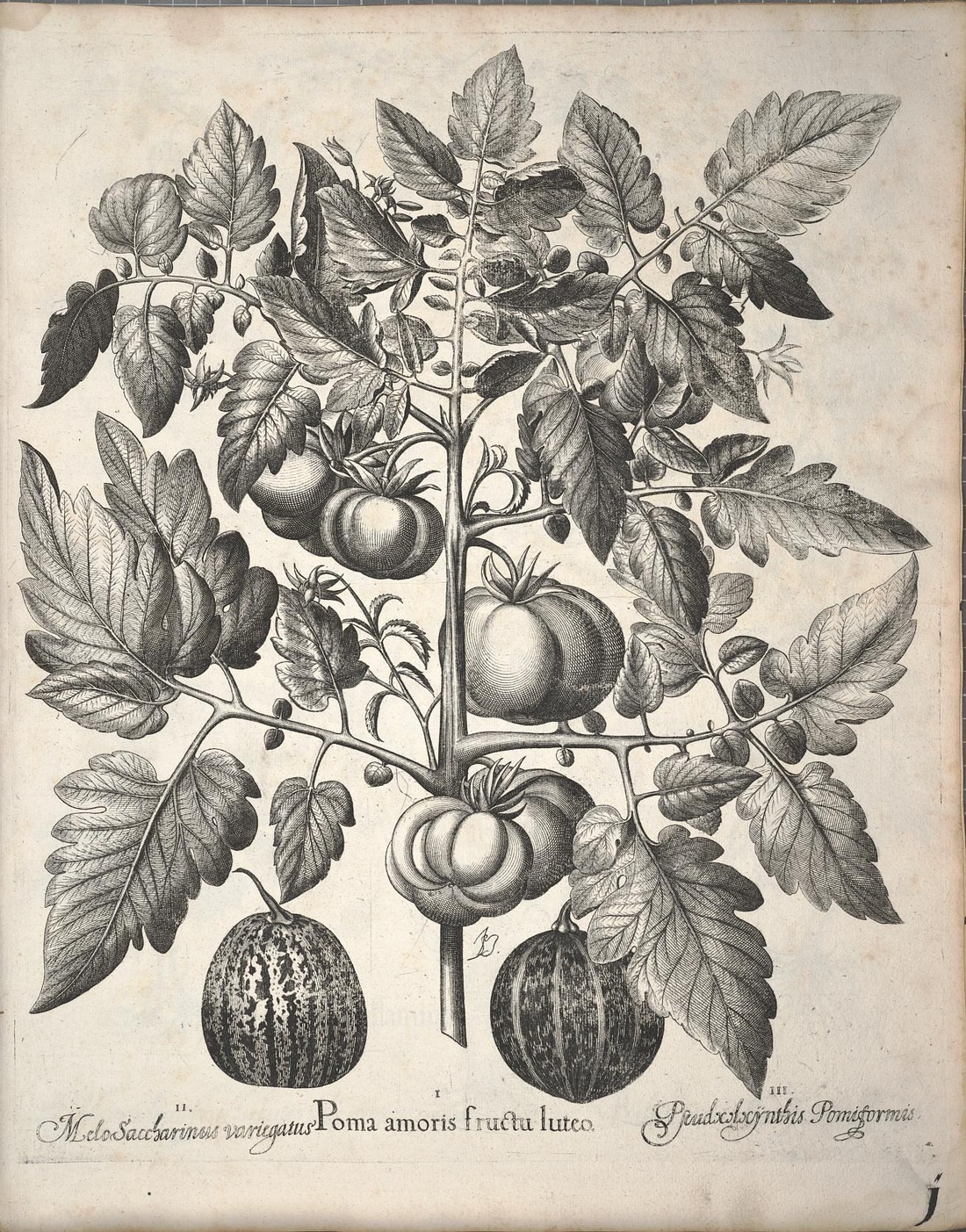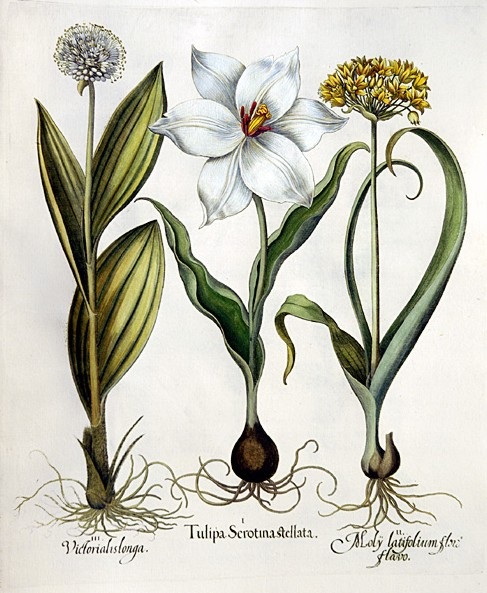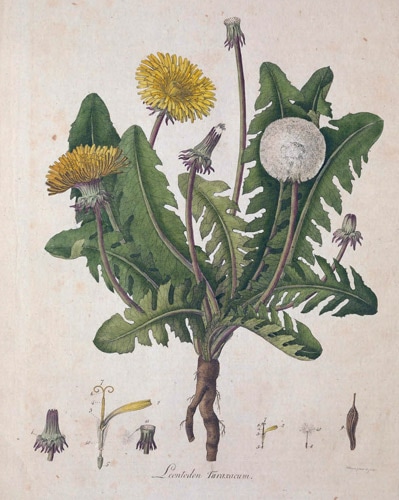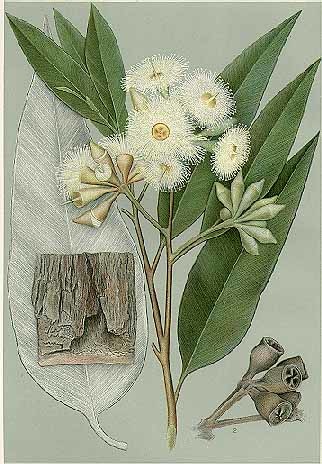- Home
- NEWS
-
HISTORY
- What is Botanical Art?
- What is Botanical Illustration?
- Botanical Art History Books >
- Herbals
- Florilegia and Flora
- Patrons of Botanical Art >
- Past Masters - Botanical Art and Illustration >
- Famous Asian Botanical Artists (600-1900)
- 20th & 21st Century Botanical Artists >
- Botanical Photographers
- Botanical and Herbal Art Online
-
ARTISTS
- Botanical Artists in the UK
- Botanical Artists in North America
- Botanical Artists in Europe
- Botanical Artists in Australia and New Zealand
- Botanical Artists in Asia
- Botanical Artists in Africa
- Botanical Artists in Latin America
- Botanical Printmakers, Photographers, Sculptors et al
- The Jill Smythies Award
- Botanical Artists on Facebook
- Botanical Art Blogs
-
Exhibitions
- Calls for Entries - OPEN exhibitions
- Online Exhibitions >
- RHS Botanical Art & Photography Shows >
- The Shirley Sherwood Gallery of Botanical Art >
- Hunt International Exhibition of Botanical Art & Illustration
-
UK
>
- North America >
- Europe >
- Australasia >
- Asia >
- Africa
- ARCHIVE: World Wide Exhibition of Botanical Art 2018
-
Education
- NEW BOOKS about Botanical Art and Illustration >
-
Best Botanical Art Instruction Books
>
- Tips and Techniques >
- Botanical Art Video Tips >
- Online Botanical Art Instruction >
- International Directory: Botanical Art Teachers
- International Directory of Botanical Art Courses >
- Artist Residencies, Scholarships and Bursaries
- Diplomas and Certificates >
- Distance Learning Courses
- Talks, Lectures & Tours
- Botanical Education on Facebook
- Materials
- Groups
-
Botany
- Why botany matters to artists
- Botany Books for artists >
- Scientific botanical illustration
- Plant Forms and Anatomy
- Plant Evolution and Taxonomy
- Plant Names and Botanical Latin
- Botanical Dictionaries
- How to Identify Plants
- Recording a Plant / Sketchbooks >
- Botanic Gardens & Herbaria >
- Blogs about Plants and Flowers
- Contact
This page provides links to places online
where you can see images of botanical art produced over the centuries.
where you can see images of botanical art produced over the centuries.
|
It's impossible to get oneself physically to all the places where botanical art is archived - although some do try!
However digitisation of botanical images and their storage in online archives enables many students and fans of botanical art to access many more examples of the different ways plants have been portrayed over the centuries |
Some of the databases listed below belong to organisations specifically concerned with Botanical Art. Others archive images in systematic ways.
See also the links in the pages devoted to Herbals and Florilegia |
Image Databases maintained by Botanical Art Specialists
|
Botanicus
a freely accessible portal to historic botanical literature from the Missouri Botanical Garden Library. It includes 1,964 titles (books/journals) in 7,176 volumes The BioDiversity Heritage Library The Biodiversity Image Library - on Flickr (Albums) The Biodiversity Heritage Library (BHL) is a consortium of natural history and botanical libraries that cooperate to digitize the legacy literature of biodiversity held in their collections and to make that literature available for open access and responsible use as a part of a global “biodiversity commons.” |
Catalogue of the Botanical Art Collection at the Hunt Institute
the searchable database includes includes text records c. 30,000 original works - paintings (mostly watercolors), drawings and original prints - dating from the Renaissance onward. It's mainly organised by the artists' surnames but also includes a comprehensive taxonomic index. The image records includes size and media and support used. Plantillustrations
One man's effort to ensure that botanical images no longer covered by copyright are accessible within the public domain. The database can be found at plantillustrations.org / plantgenera.org / botanicalillustrations.org. Choose the device mode for viewing at the top. |
Famous botanical art publications - on Wikipedia
Wikimedia Commons
All the links below relate to categories of botanical art and illustration which can be found online:
- on Wikimedia Commons
- or via the Flickr albums of the Biodiversity Heritage Library
Famous botanical art publications (images)
|
Botanical Illustrations
|
Flora associated with geographical areas
|
UK - LONDON
|
|
AUSTRALIA
See also Flowering Plants and Ferns of New South Wales Plates at the University of Sydney |
INDIA
- Flora Indica - a Kew website funded by the Andrew W. Mellon Foundation contains Roxburgh's 3 volume text-only Flora Indica published posthumously in 1832, PLUS the illustrations he commissioned of most of the plants he described.
|
JAPAN
|
Plants
- Category: Botanical illustrations by taxon
- Category:Vilmorin-Andrieux, Les plantes potagres 1904 This category is intended to include all images from Vilmorin-Andrieux & Cie, 1904.
Other Online Botanical Art History Sites
|
Bauer initially used the Feldsberg colour chart, with at least 273 colours. By the time he got to Australia in 1801 to draw the flora and fauna on the eastern side of the continent, he had polished the colour-coding system. It could be used in the field so effectively that the drawings he ‘finished’ more than 10 years later are still the best-ever drawn of Australian plants. This colour code extended to a palette range of up to 1000 colours. |
Resources about Botanical Art and For Botanical Artists
ABOUT: About the Author | Contact | Testimonials | Privacy Policy COPYRIGHT 2015-22: Katherine Tyrrell all rights reserved.
|
NEWS
News Blog about artists, awards, exhibitions etc. |
EXHIBITIONS
- Calls for Entries - Exhibitions around the world - Online Exhibitions - RHS Exhibitions - Hunt Exhibitions ORGANISATIONS
- Botanical Art Societies - national / regional / local - Florilegium & Groups - Botanical Art Groups on Facebook |
EDUCATION
- Tips and Techniques - Best Botanical Art Instruction Books - Directory of Teachers - Directory of Courses - Online Botanical Art Courses - Diplomas and Certificates - Talks, Lectures and Tours ART MATERIALS (Paper / Vellum) BOTANY FOR ARTISTS - Scientific Botanical Illustration - Best Botany Books for Artists - Plant Names & Botanical Latin BOTANIC GARDENS & Herbaria |
FEEDBACK
Please send me . - news to share - info. about exhibitions - any suggestions for what you'd like to see on this website ADVERTISE Contact me if you'd like to promote workshops and courses on this site. AFFILIATION This website is free to you but not for me! (See Affiliate Income below) |
|
Cookies, Personal Data & Privacy tells you how this site relates to and impacts on you and your privacy - and your choices.
Product & company names may be trademarks of their respective owners |
About Affiliate Income: This website has been created to share information not to make a profit. I am an Amazon Associate and earn from qualifying purchases (e.g. books from Amazon) which helps offset costs associated with maintaining this very large website.
|
- Home
- NEWS
-
HISTORY
- What is Botanical Art?
- What is Botanical Illustration?
- Botanical Art History Books >
- Herbals
- Florilegia and Flora
- Patrons of Botanical Art >
- Past Masters - Botanical Art and Illustration >
- Famous Asian Botanical Artists (600-1900)
- 20th & 21st Century Botanical Artists >
- Botanical Photographers
- Botanical and Herbal Art Online
-
ARTISTS
- Botanical Artists in the UK
- Botanical Artists in North America
- Botanical Artists in Europe
- Botanical Artists in Australia and New Zealand
- Botanical Artists in Asia
- Botanical Artists in Africa
- Botanical Artists in Latin America
- Botanical Printmakers, Photographers, Sculptors et al
- The Jill Smythies Award
- Botanical Artists on Facebook
- Botanical Art Blogs
-
Exhibitions
- Calls for Entries - OPEN exhibitions
- Online Exhibitions >
- RHS Botanical Art & Photography Shows >
- The Shirley Sherwood Gallery of Botanical Art >
- Hunt International Exhibition of Botanical Art & Illustration
-
UK
>
- North America >
- Europe >
- Australasia >
- Asia >
- Africa
- ARCHIVE: World Wide Exhibition of Botanical Art 2018
-
Education
- NEW BOOKS about Botanical Art and Illustration >
-
Best Botanical Art Instruction Books
>
- Tips and Techniques >
- Botanical Art Video Tips >
- Online Botanical Art Instruction >
- International Directory: Botanical Art Teachers
- International Directory of Botanical Art Courses >
- Artist Residencies, Scholarships and Bursaries
- Diplomas and Certificates >
- Distance Learning Courses
- Talks, Lectures & Tours
- Botanical Education on Facebook
- Materials
- Groups
-
Botany
- Why botany matters to artists
- Botany Books for artists >
- Scientific botanical illustration
- Plant Forms and Anatomy
- Plant Evolution and Taxonomy
- Plant Names and Botanical Latin
- Botanical Dictionaries
- How to Identify Plants
- Recording a Plant / Sketchbooks >
- Botanic Gardens & Herbaria >
- Blogs about Plants and Flowers
- Contact



